Sunscreen Monograph Proposed New Rules and its Impact on Formulations-Part III
Introduction
Ever Since the FDA published its proposed rules in February of 2019 reclassifying 14 of the 16 sunscreens approved as Category I to Category II and III, the entire US sunscreen market has been upside down. Most sunscreen manufacturers scrambled to formulate new products incorporating mineral sunscreens like Zinc Oxide and Titanium Dioxide since they were the only sunscreens left as Category I.
Mineral Sunscreens
Although most companies have mineral formulations already, these are mostly targeted to babies and young children. Now the pressure is on to produce mineral sunscreens with high SPF suitable for all consumers and that can compete with organic formulations. This is a task that is not easily achieved, especially with the whitening effect associated with these formulations. Raw material suppliers have been also affected. Polymers, SPF boosters, emulsifiers, and other key ingredients that provided a benefit in organic sunscreen formulations are no longer promoted. Instead, most raw material manufacturers have to promote ingredients that work mainly in mineral formulations.
Market Snapshot for Zinc-Based Formulations
A snapshot of the percent of zinc-based formulations launched globally from 2018 to 2020 (to date) is displayed in Figure I (below). The data shows that the US (34%) leads both Europe (10%) and Asia Pacific (27%) in the percent of new launches of zinc-based sunscreens. This ratio is quite high and shows the effect of the recent scrutiny by the FDA on the safety of sunscreens in the US. In general, the US market is in-line with the European market in terms of customer preference of organic-based versus inorganic-based sunscreen formulations. Historically, inorganic sunscreens were more popular in Asia than the rest of the world due to their impact on skin tone.
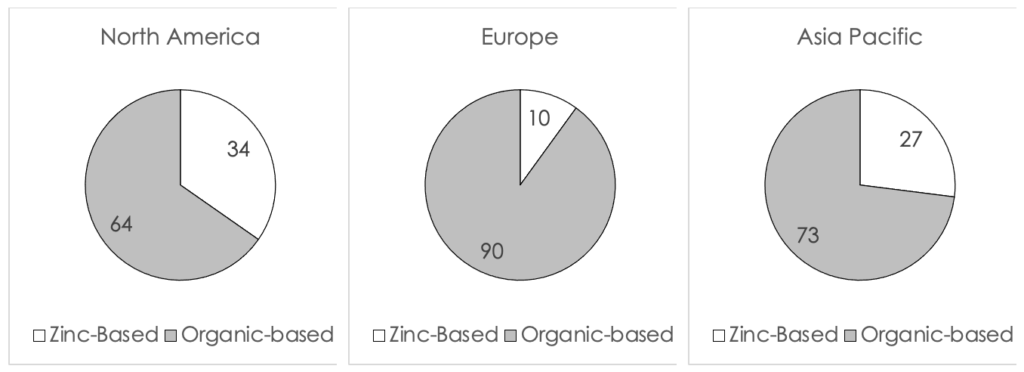
Figure I. A comparison of the percent of global launches of zinc-based formulations from 2018 to 2020 (to date)
The progressions of the percent of new launches from 2018 to 2020 (to date) in the US, Europe and Asia Pacific are displayed in Figure II, III and IV (below). In the US, the number of zinc-based formulations launched in 2020 increased by 7% from 2018. This is a very significant increase considering that many launches in 2020 were postponed due to COVID-19. In Europe the increase was more modest and kept only at 4%, whereas in Asia Pacific the increase was 8%. It can be seen from the data that the global market was affected by the new direction seen in the US market.
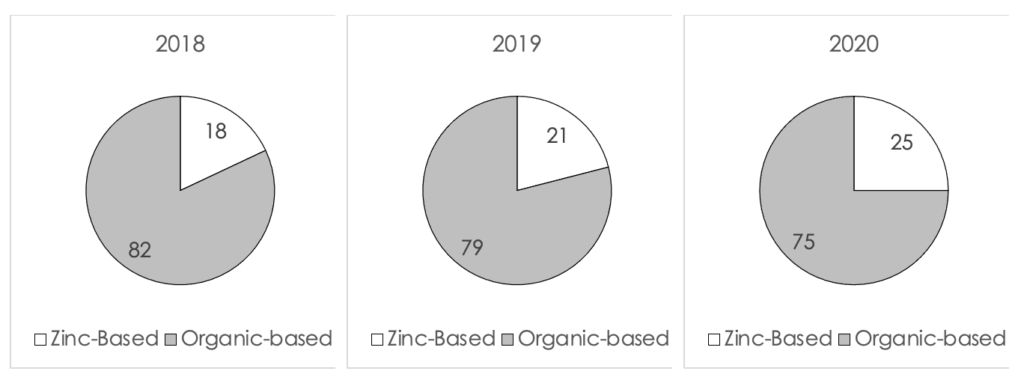
Figure II. A comparison of the percent of launches of zinc-based formulations in North America from 2018 to 2020 (to date)
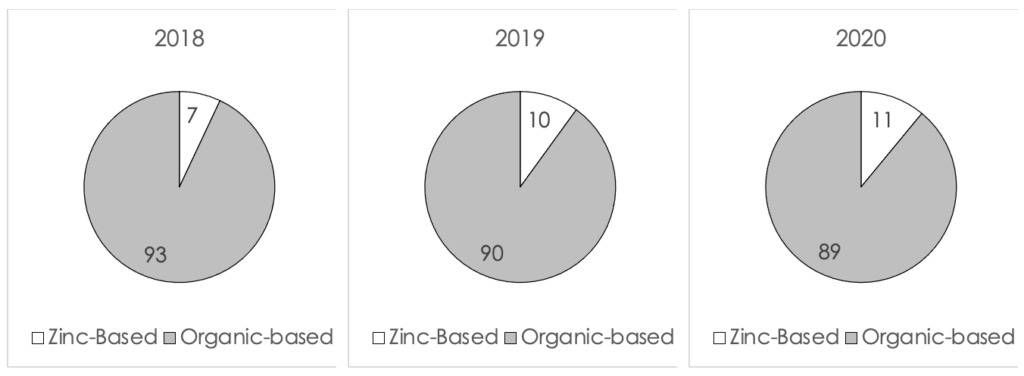
Figure III. A comparison of the percent of launches of zinc-based formulations in Europe from 2018 to 2020 (to date)
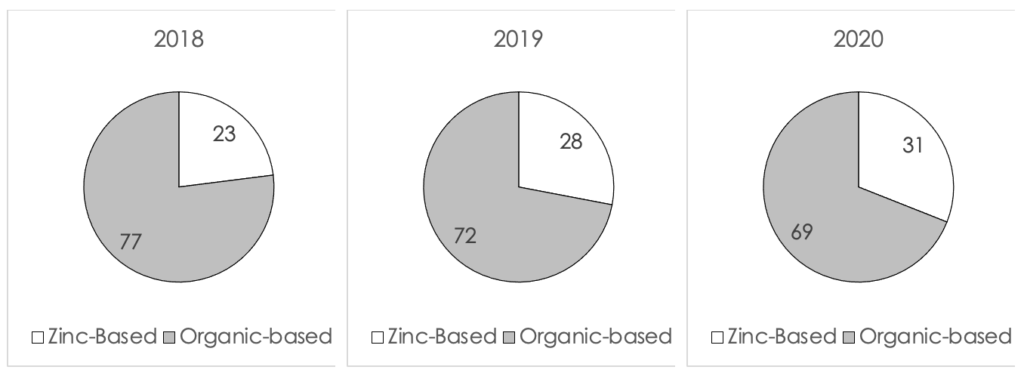
Figure IV A comparison of the percent of launches of zinc-based formulations in Asia Pacific from 2018 to 2020 (to date)
Possible European Actions
To add more complexity to the situation, the European Chemicals Agency, also known as ECHA, is considering classifying most zinc oxide and titanium dioxide sunscreens as microplastics. Since most zinc oxide and titanium-dioxide particles are in the nano range and are typically coated with silicones or other hydrophobic materials, they fit the description of microplastics. This argument is now being debated at the European Union. Considering inorganic sunscreens as microplastics will warrant reformulation of hundreds of formulations worldwide and will have a huge global impact. The impact will be very similar to the one created by the FDA in the US but this one goes in the opposite direction. It will be interesting to see how companies will adapt to all the new regulations. In one aspect, formulators with sunscreen background will be quite in demand and that is a positive outcome for formulation chemists especially during this global crisis of COVID-19. This change will keep all our regulatory experts in demand as well, as someone must decipher what the FDA and ECHA are planning to do in the future. Not to add more complexity, but I am sure China and Australia will come soon with their own guidelines.
Considerations for the Future
For now, the best bet is to be ready and have formulations that will be suitable for the various markets. Global formulations might become a thing from the past.
About the Author

Dr. Hani Fares started his career in personal care studying the effect of solvents on sunscreen chemicals. His interest in skin drug delivery especially from polymeric matrices grew during his graduate work at Rutgers, where he completed his Ph. D. in Pharmaceutics.
Dr. Fares worked at Block Drug and GlaxoSmithKline where he held positions in research and development in the areas of skincare and oral care. After that, he joined L’Oreal where he held several positions of increasing responsibility leading to AVP of skincare. He is currently the Senior Director of skincare and oral care at Ashland Specialty Ingredients. Dr. Fares is the author of many publications, and patents and made many presentations in national and international meetings in the areas of suncare, skincare, and oral care.

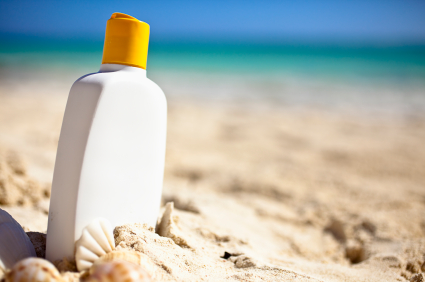
 Amber Evans is a cosmetic industry professional with over a decade of experience and expertise in the science of hair and skin care. In her current role as Senior Manager of Product Development at Moroccanoil, she is responsible for driving the development of high-quality innovative hair & body care products for the successful global brand. She previously worked at as a development scientist at BASF Corporation, where her contributions spanned multiple market segments, including hair, body and oral care, and the technical areas of innovation and claims testing over eight years.
Amber Evans is a cosmetic industry professional with over a decade of experience and expertise in the science of hair and skin care. In her current role as Senior Manager of Product Development at Moroccanoil, she is responsible for driving the development of high-quality innovative hair & body care products for the successful global brand. She previously worked at as a development scientist at BASF Corporation, where her contributions spanned multiple market segments, including hair, body and oral care, and the technical areas of innovation and claims testing over eight years.



 Roger L. McMullen, Ph.D. – BIO
Roger L. McMullen, Ph.D. – BIO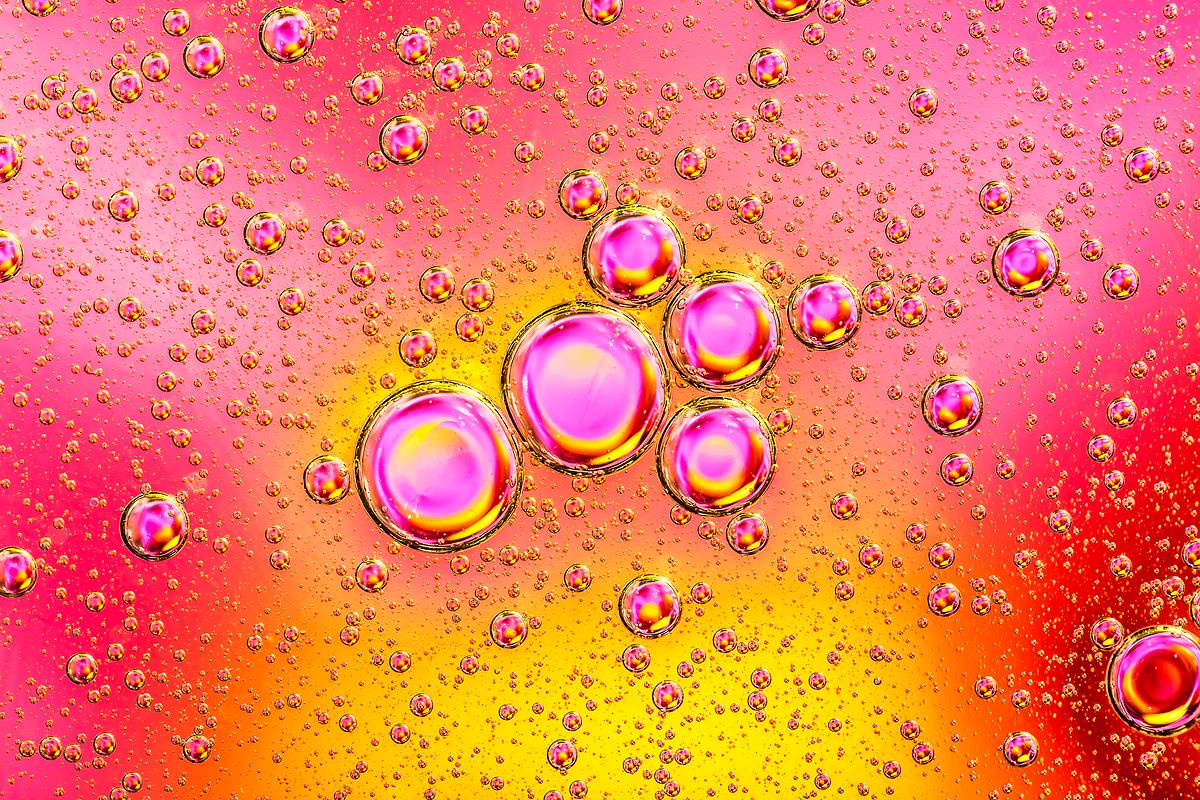

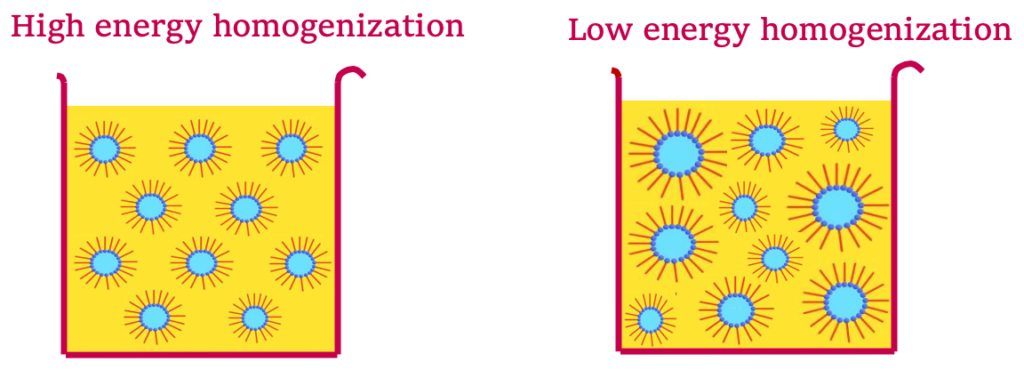


 Leor Fay Tal is the Technical Marketing Leader for the Personal Care division of Gattefossé USA. She delivers information on trends and consumers, provides technical marketing support to the company’s sales teams and agents across North America, Canada, and Mexico, and works to promote knowledge and understanding of the company’s ingredients. Prior to Gattefossé, Leor Fay had worked in the R&D Powder Laboratory and then as the Raw Material Regulatory Affairs Specialist at MANA Products. Leor Fay is also an active member of the NYSCC. She organized the April 2018 event Cosmetics in the Middle East, A Regulatory Perspective and now serves as the Secretary for the executive board.
Leor Fay Tal is the Technical Marketing Leader for the Personal Care division of Gattefossé USA. She delivers information on trends and consumers, provides technical marketing support to the company’s sales teams and agents across North America, Canada, and Mexico, and works to promote knowledge and understanding of the company’s ingredients. Prior to Gattefossé, Leor Fay had worked in the R&D Powder Laboratory and then as the Raw Material Regulatory Affairs Specialist at MANA Products. Leor Fay is also an active member of the NYSCC. She organized the April 2018 event Cosmetics in the Middle East, A Regulatory Perspective and now serves as the Secretary for the executive board. Ben Blinder is the Senior Director for Gattefossé USA – Personal Care Division, where he is responsible for the strategic direction and performance of the cosmetic business for Gattefossé in the US and Mexico. Ben holds a chemical engineering degree from Lehigh University and has been working in the personal care industry for 32 years, with extensive experience in strategic and long-range planning, sales and technical management, and new technology search/discovery. Ben also serves on the NYSCC Scientific Committee.
Ben Blinder is the Senior Director for Gattefossé USA – Personal Care Division, where he is responsible for the strategic direction and performance of the cosmetic business for Gattefossé in the US and Mexico. Ben holds a chemical engineering degree from Lehigh University and has been working in the personal care industry for 32 years, with extensive experience in strategic and long-range planning, sales and technical management, and new technology search/discovery. Ben also serves on the NYSCC Scientific Committee.
 Biography
Biography